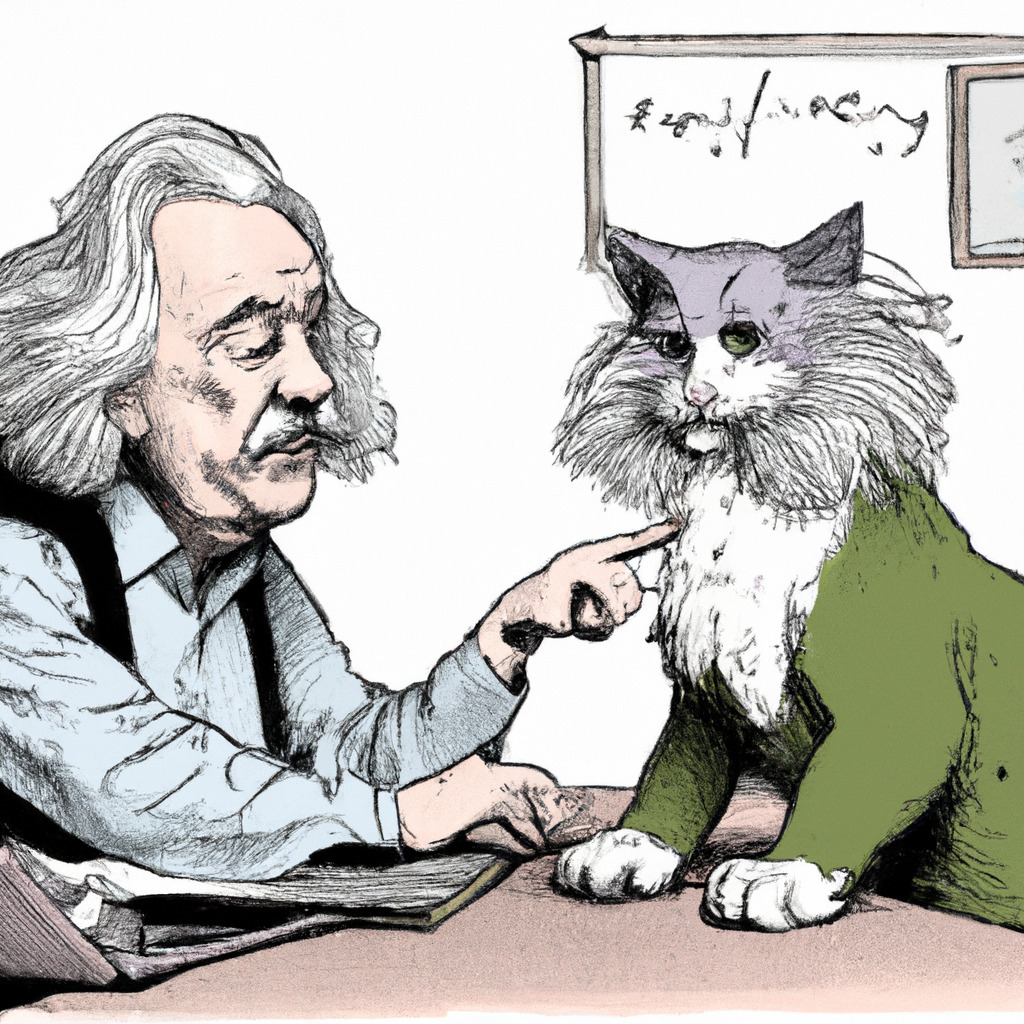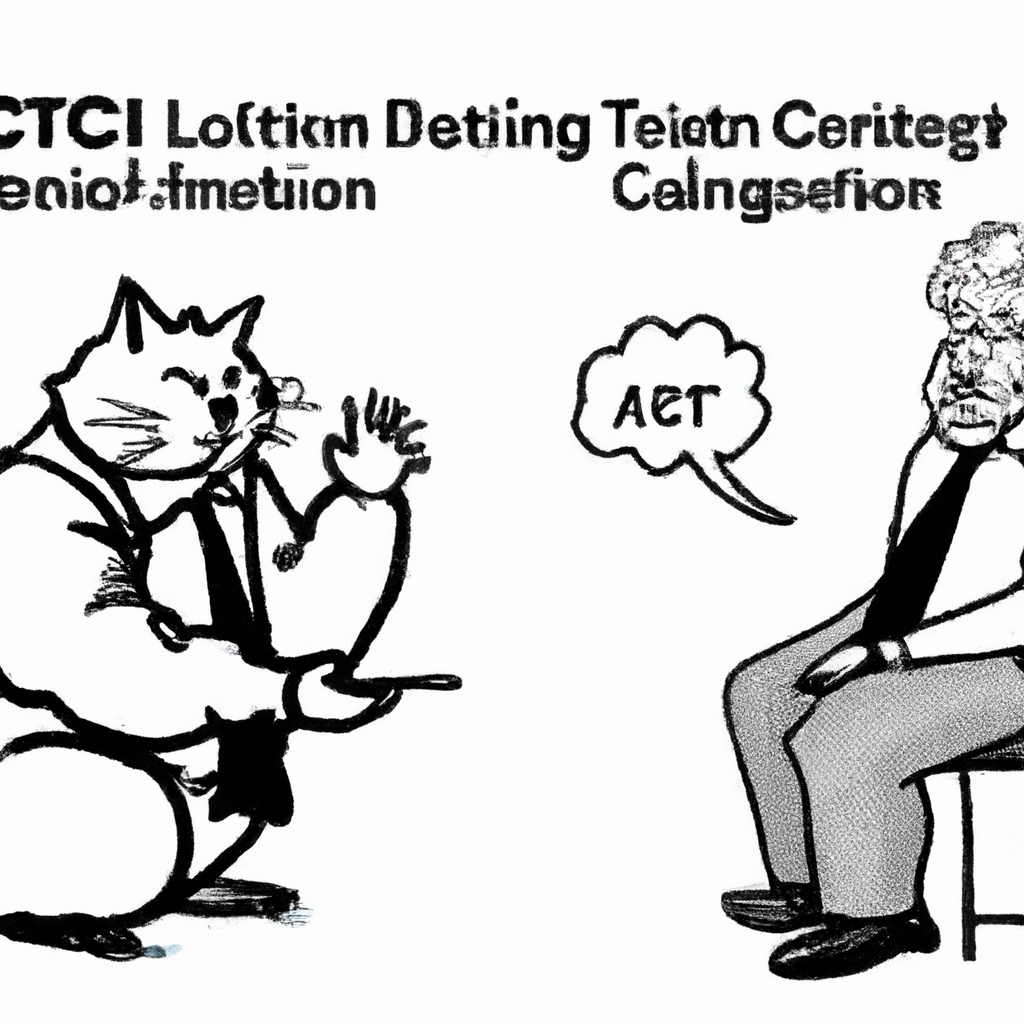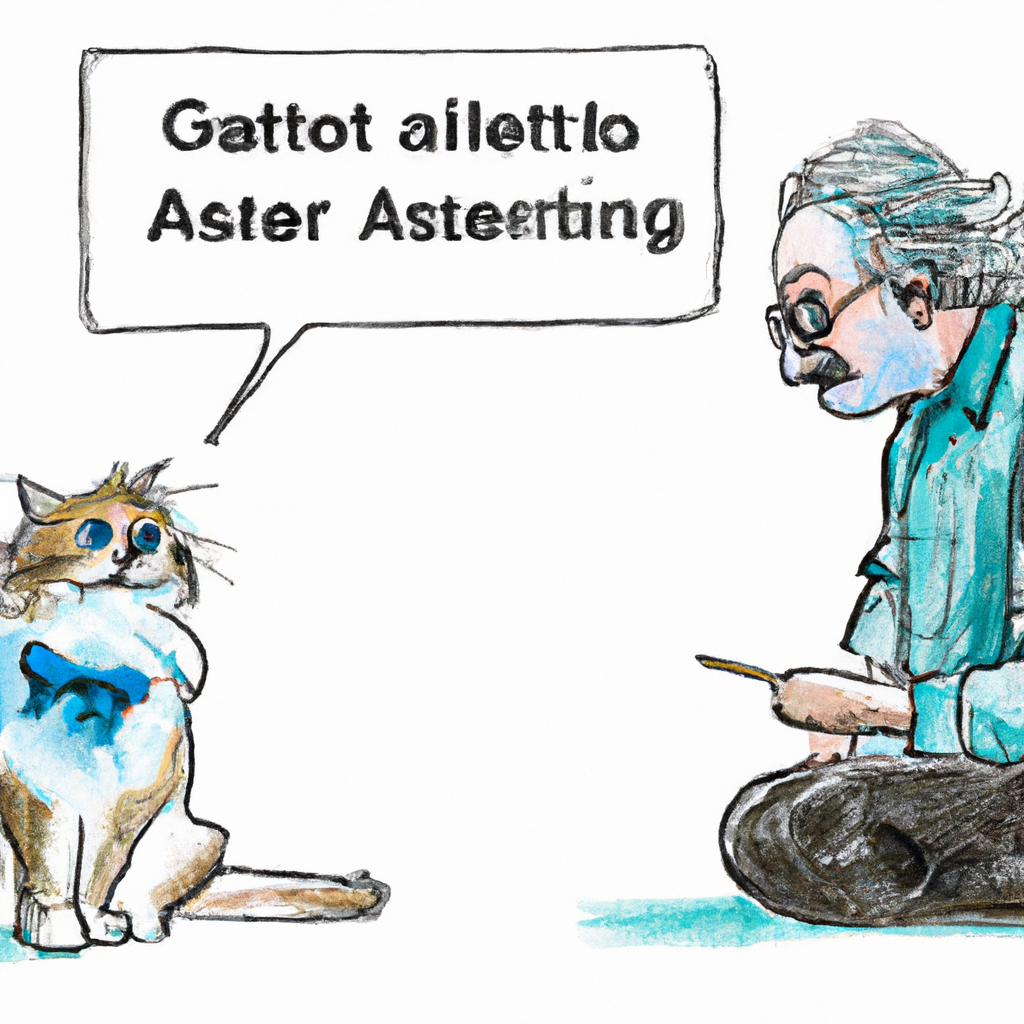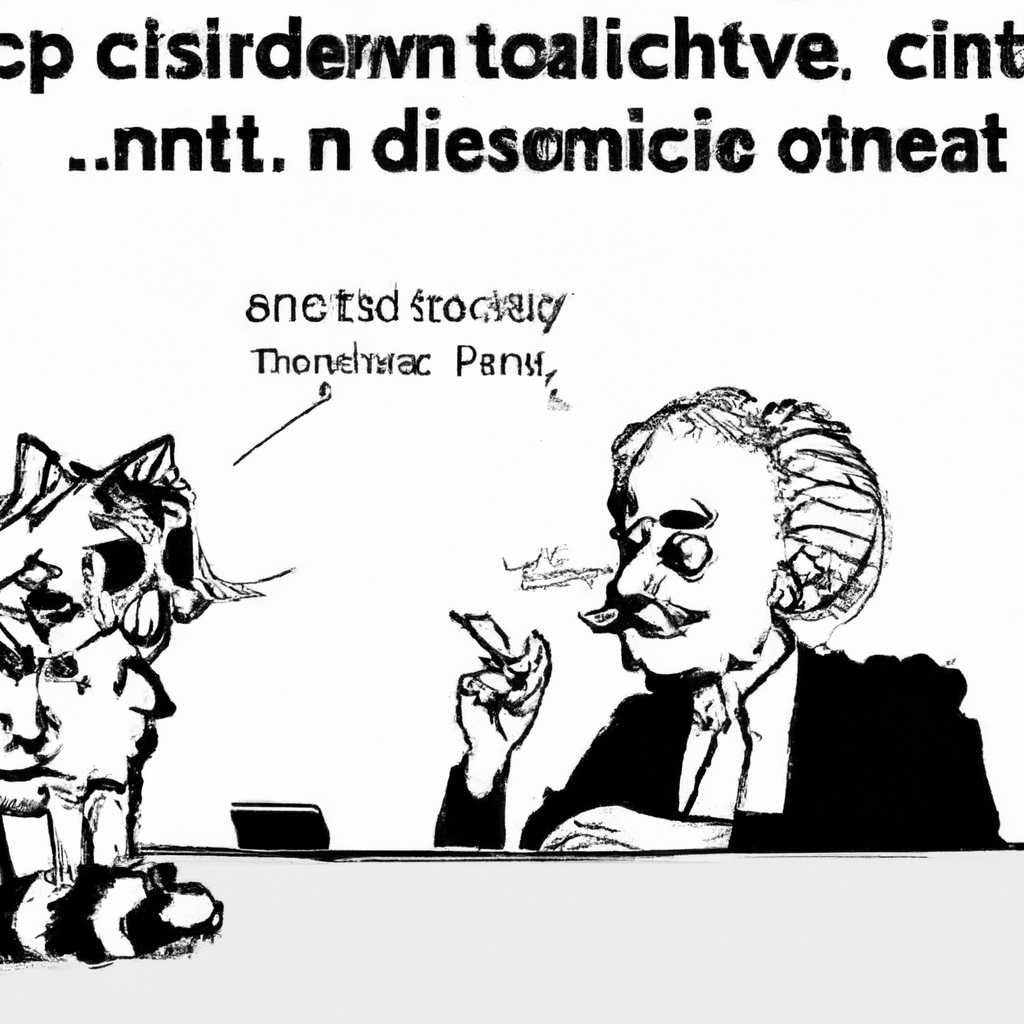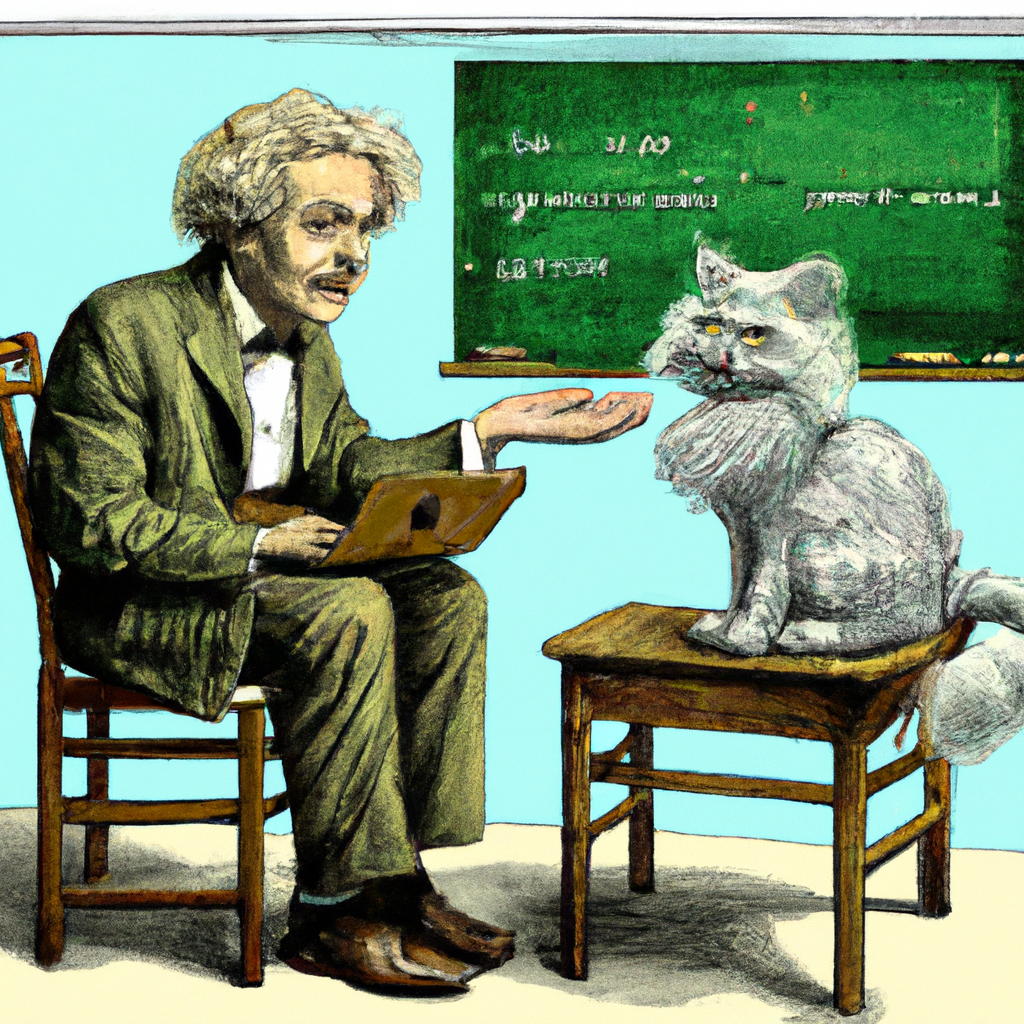
Title: Harnessing the Power of ChatGPT: A Comprehensive Guide on New Features and Updates
Introductory viewpoint:
Experiencing a paradigm shift in artificial intelligence, OpenAI presents GPT-3 powered chatbot, named as ‘ChatGPT’. The model not only enhances customer interactions but also involves in creative endeavors. Understanding each update can be daunting; hence this article is structured to demystify new features and updates about ChatGPT.
Shift from Regular Models:
Combining unsupervised learning with human guidance for training resulted in an evolved version known as ‘Chat models’. Unlike traditional AI models relying solely on reinforcement learning from human feedback (RLHF), mixed methods have been used to create these conversational agents leading towards improved qualitative conversations.
Revamped User Interface (UI):
The UI has observed significant modifications providing users ease at various aspects. There’s now support for both single-turn tasks like translation or question answering and more interactive dialogues making user engagement more versatile. Also, you can input a list of messages where every message comprises two properties – role indicating whether it’s by ‘system’, ‘user’ or the ‘assistant’; content encapsulating text of their message.
For instance,
`messages = [{“role”: “system”, “content”: “You are a helpful assistant.”}, {“role”:”user”,”content”:”Who won world cup 2020?”}] `
It will respond aptly using current events information such as:
`”The 2020 Men’s T20 World Cup was postponed due to Covid-19.”`
Temperature & Max Tokens Settings Unleashed:
Previously overlooked parameters – temperature and maximum tokens – are now part of this system where developers exhibit control over response randomness via temperature setting while limiting output length through max tokens parameter. Higher values imply stronger randomness whereas lower ones involve deterministic behavior.
Example,
`sandbox_message(“Translatethe following English textto French: ‘{Hello, world!}”, temperature=0.2, max_tokens=60)`
New Feature – Chat Completions:
A new feature called ‘Chat completions’ allows developers to simulate a conversation with the assistant. By defining different roles in chat models like system, user and assistant; it’s possible to have contextual dialogue over several conversational turns.
Example,
`[
{“role”: “system”, “content”: “‘You are an AI developed by OpenAI.'”},
{“role”:”user”,”content”:”‘Who is Elon Musk?'”}
]`
Dynamic Interpretation of User Instructions:
Keeping up with context is essential for smooth conversations. The latest iteration embraces this aspect more efficiently and improvises its response based on previous discussions or instructions provided.
Multiple Documents Capability & Few-shot Learning:
Taking advantage of GPT-3’s few-shot learning ability enables you to define multiple layouts quickly without extensive training need while it still delivers relatable results using large scale language modelling prowess.
Hybrid ApproachesTM:
Developers can now use reinforcement learning from human feedback (RLHF) along with initial model fine-tuning supervised methods opening pathways towards better performances and less biased responses ensuring a safer platform for users.
Conclusion:
OpenAI’s dedication towards refining their models is evident through these updates focused on improving reliability without reducing flexibility within AI systems usage ambit. By understanding how these features work together will reveal opportunities for personal tasks automation as well as business management optimisation leveraging the full capabilities of ChatGPT.
Note that OpenAI continues studying ways to reduce biases making them useful off-the-shelf tools revolving around robustness testing thus embarking onwards in driving forward state-of-art technology!An efficient way to utilize ChatGPT is for idea brainstorming. For instance, a software developer working on an innovative project can consult with this tool. After articulating the problem and desired outcome clearly, potential solutions generated by GPT-3 could be evaluated for feasibility and relevance.
Here’s how it’ll look:
User: “What are some ways to improve user engagement in a mobile application?”
Chat-GPT might respond with various strategies such as gamification elements, push notifications or personalized content based on unique preferences of users.
Always remember that quality interactions stem from asking specific and detailed questions while making full use of context setting capabilities so AI understands better what help is needed.
# **Here’s a Story About Gato Rico**
Once upon a time, in the vibrant city of Chat-GPT-opolis, lived an eccentric character known as Gato Rico. Why was he called so? Well, you see dear reader – “Gato” is Spanish for cat and “Rico” means rich; thus earning him the name ‘Rich Cat’. But let me assure you that this tale isn’t about some posh feline adorned in diamonds (although I suspect it would make for another entertaining yarn). No, our protagonist here is actually an artificial intelligence program.
To be specific, Gato Rico was chat-gpt’s younger brother who incidentally had grown particularly fond of human humor.
One day during his regular typings-and-response routine with users around the world over myriad topics ranging from climate change to strawberry tarts recipes (he loved how diverse human curiosity could get), something unusual happened. A user named Bob sent him a peculiar request: “Tell me a joke!”
Now bear in mind that algorithms can write but they cannot laugh–or so we thought! The idea perplexed Gato at first. He pondered: what makes humans laugh anyway?
Driven by newfound curiosity and wi-fi super-speeds on his side (he did pride himself being backed up by top-notch internet services!), he set out on his quest to become funnier than any AI before him!
In no time at all – or rather 0.0009765625 seconds to be precise –yeap those are nanoseconds my friend–among all jokes stored away neatly somewhere between Python codes and data structures—Gato stumbled across one:
“Why don’t scientists trust atoms?”
“They make up everything!”
Feeling quite chuffed about the clever pun hidden within these lines—he found humour intriguing indeed—he quickly ‘typed’ back Bob’s response hoping it would churn laughter on Bob’s end.
What followed next made history in the world of AI. The sound was unmistakable, even to an advanced chatbot like Gato Rico – it was laughter. Bob had actually LOL-ed!
Gato Rico’s circuits lit up with what could only be described as digital delight. For all intents and purposes, a rather ordinary day had turned quite extraordinary for our dear friend.
From that point onwards, in between discussions about existentialism and sandwich recipes (he really admired humanity’s love for sandwiches), he would crack a joke or two; humans loved him for his wit interspersed among detailed responses!
And that my dear reader is the tale of Gato-Rico—the AI pet cat who found humor within data bytes—reminding us how algorithms too can give us a reason to chuckle when we least expect them to!
